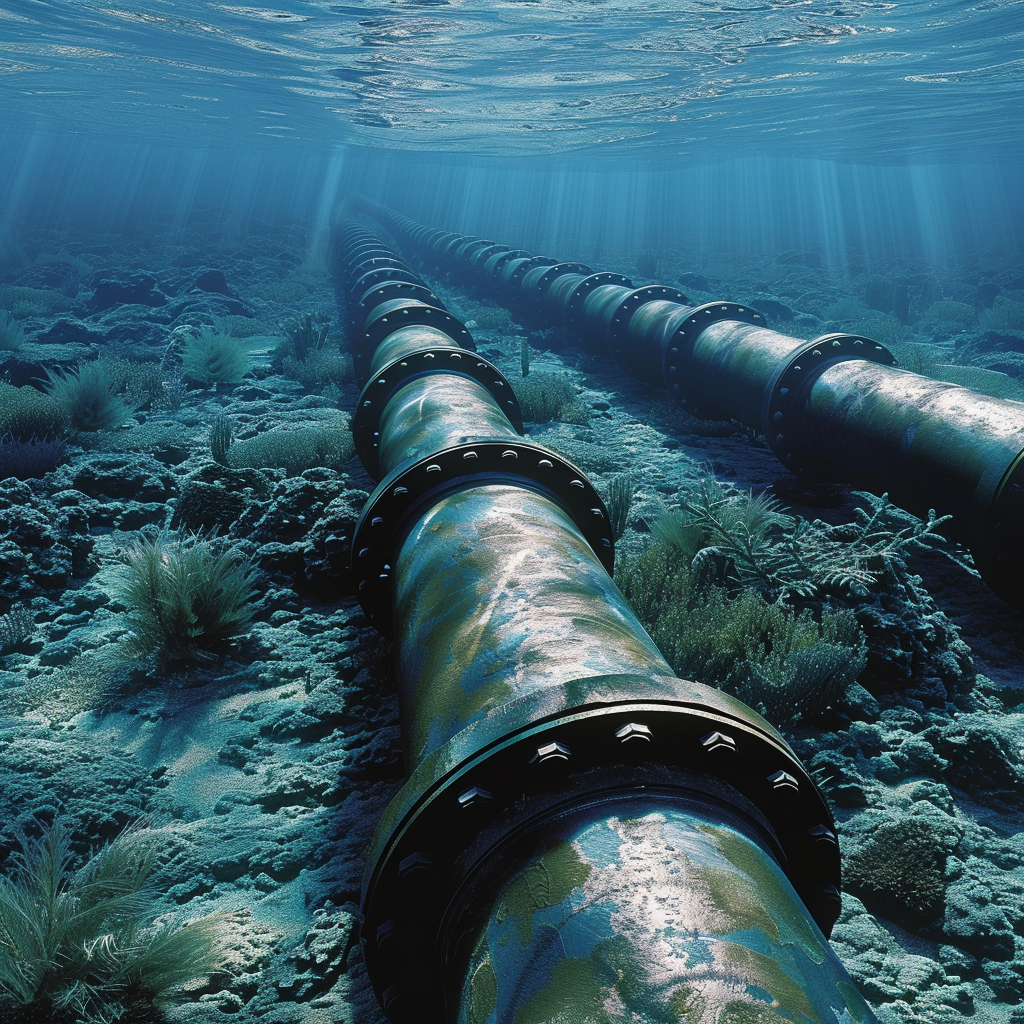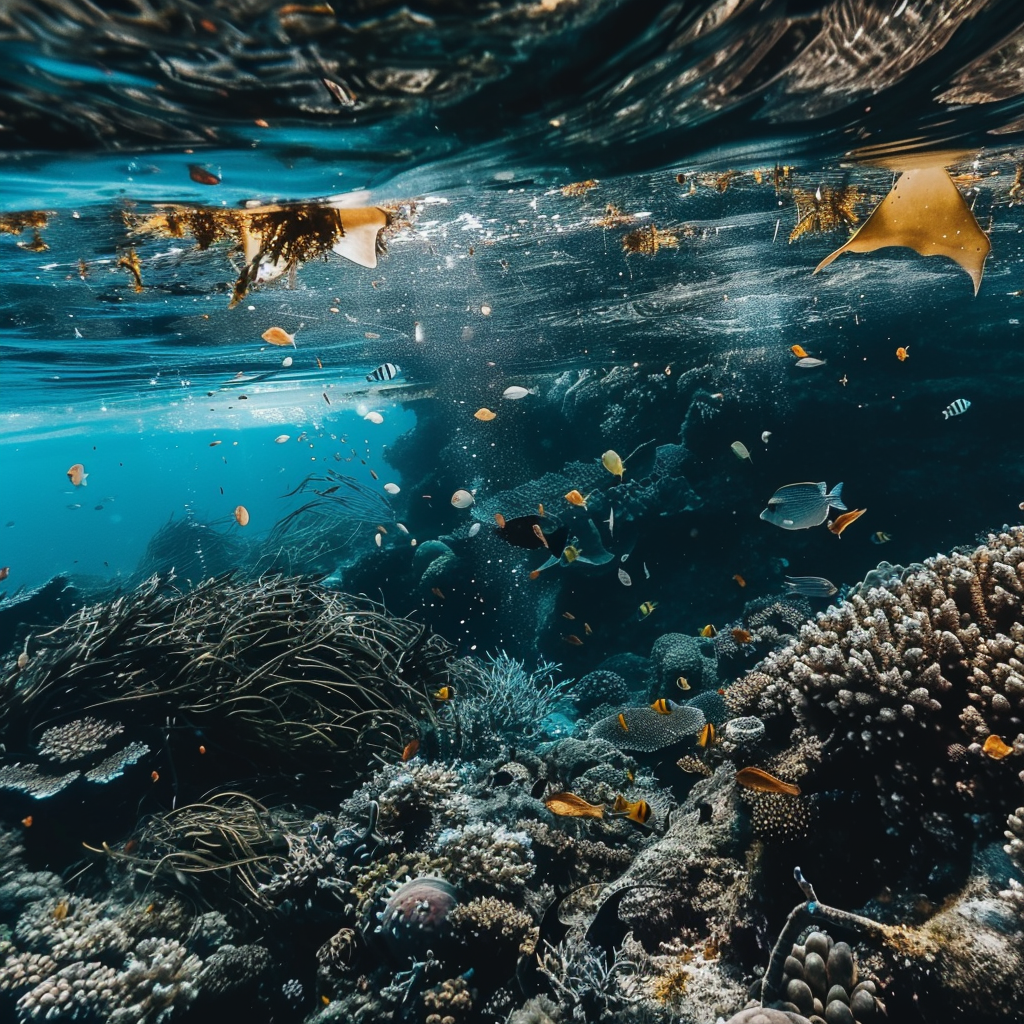The Significant Role of Environmental Impact Assessment (EIA)
- June 27, 2024
- Posted by: Velosi Author
- Categories: HSE, Insights

What is Environmental Impact Assessment (EIA)?
Environmental Impact Assessment (EIA) is a methodology to identify and analyze how a new project will affect the environment before the implementation process.
Moreover, it visualizes critical aspects of the surroundings such as water, plants, creatures, and adjacent individuals. The goal is to determine if the project will cause harm and how to avoid or reduce that specific hazard.
Why Environmental Impact Assessment (EIA) is Important?
- Protecting Nature: By doing an EIA, we can ensure that new projects do not distress the environment. This helps protect plants, animals, and natural habitats.
- Health and Safety: An EIA examines how a venture might influence people’s well-being and security. For example, it can check whether the project will create pollution that could be a health hazard.
- Sustainable Development: EIA makes a difference by arranging ventures that meet our needs today without harming the environment in the future.
How does EIA work?
Let’s break down the EIA process into simple steps:
- Screening: The initial step decides if a project needs an EIA. Small projects may not need one, but huge ones usually do.
- Scoping: Secondly, we determine what environmental aspects to critically identify and analyze. Generating a checklist.
- Impact Analysis: During this step, specialists/experts audit the project’s plans to see how they will influence the environment. They examine air and water quality, wildlife, and even noise levels.
- Mitigation: Once we know the potential impacts, we devise ways to reduce or avoid them. This might include changes to the project or new measures to protect the environment.
- Reporting: All the identifications are compiled into a Natural Affect Explanation (EIS) and shared with the relevant sources.
- Decision-making: Experts use the EIS to decide if the extension can continue, needs changes, or should stop.
- Monitoring: The extension begins, and progress guarantees to secure the environment.
Marine Ecology and Environmental Impact Assessment (EIA)
Marine ecosystems are critical concerning climate change regulation. Our seas and oceans are crucial to life on Earth. Moreover, the complexities of the marine world and its importance in maintaining the earth’s wellness can only be perceived from marine ecology.
Environmental Impact Assessments are very crucial in realizing the optimization of sustainable developments within the marine ecosystem. These assessments are done in a very highly technical manner evaluating potential environmental effects on any project such as the operation of drilling rigs of oil and gases from the sea, and construction near the water body. This causes the creation of a wider perception of any threat that may disrupt the equilibrium of the whole ocean region.
Overall environmental impact assessments comprehend the complex interactions within marine ecology, and how human activities may possibly impact the surrounding. It also reschedules projects to reduce effects on marine life and its environment, hence adopting foresight in the process.
Features of EIA in Marine Ecology
- Pre-emptive Approach: Majority EIA is conducted at the pre-project stage to avoid the occurrence of adverse development aspects/
- Scientific Basis: Surveys and other scientific research that capture various characteristics of a marine environment are conducted for a possible evaluation of the effects of an activity using EIAs.
- Stakeholder Involvement: These assessments require the subject to be approached in person or through correspondence with relevant personnel.
- Impact Identification: The social aspects of these EIAs focus on inequitable distributions of the effect areas on marine life and ecological health.
- Mitigation Strategies: Therefore, the guidelines recommended by EIAs include steps to minimize its effect.
- Monitoring and Adaptation: It is also important to note that sometimes EIA documents may include provisions relating to proposals for post-project assessment of the project and in the case of certain project impacts, recommended mitigation strategies can be adapted.
Features and Benefits of EIA
Features
- Comprehensive Study: EIA examines all aspects of the environment, including air, water, soil, plants, and animals.
- Expert Analysis: Experts conduct detailed studies to understand the potential impacts.
Benefits
- Environmental Protection: EIA helps protect natural habitats and wildlife by identifying and reducing hazardous impacts.
- Informed Decision-making: Authorities clearly understand the project’s effects, helping them make better decisions.
- Community Safety: EIA ensures that projects do not create health risks or safety hazards for local communities.
- Legal Compliance: Projects that go through EIA are more likely to follow environmental laws and regulations.
Real-World Examples
Let’s look at real-world examples to see how EIA works in practice.
- Constructing a Factory: An EIA for a new factory might reveal that it could pollute a nearby river. The production line introduces uncommon channels to clean the water to relieve this. A green buffer zone can be implemented with trees and plants to retain toxins.
- Pipeline Construction: An EIA for a new oil or gas pipeline would consider potential habitat disruption during construction, the risk of leaks during operation, and the impact on local land use. Mitigation strategies could involve using directional drilling techniques to minimize surface disturbance, implementing leak detection systems, and employing strategies to minimize disruption.
- Dismantling of Offshore Structures: Removing old oil and gas platforms is a precise process. EIA evaluates the likely environmental effects of dismantling the platform on marine life associated with it and also any potential pollution that might be released by the platform. This might include cleaning the platform adequately before removal, or ensuring that techniques used cause minimal disturbance to the ecosystem surrounding it.
- Offshore Wind Farm Development: The increasing numbers of renewable energy sources also have complexities that need to be taken into consideration. Offshore wind farms have to consider the following effects:
The noise that the construction of the wind farm will produce which is damaging to marine life; the disruption of migratory paths of wildlife; and the electromagnetic fields produced by the wind turbines. Such means they are capable of adaptation as in the choice of a low noise technology or the placing of turbines in the least disturbance to the environment.
Conclusion
To conclude, an Environmental Impact Assessment (EIA)is like a cautious arrangement that makes a difference in how huge ventures will influence the environment and discover ways to secure it. By doing an EIA, we can ensure our projects are safe for nature, people, and future generations.
Velosi believes that balancing development with environmental care is wise, ensuring we build a better, more sustainable world for everyone.
Our environmental experts at Velosi perform Environmental impacts to realize benefits both environmental and economical, incorporating reduced time for execution and design of projects, Exempting them from treatment and clean-up costs, laws, and implications of regulation.
The main purpose of EIA studies is to make the decision-maker aware of the environmental consequences of the proposed project while deciding whether to proceed with that project or not.
Stay connected for more blogs!
Please contact us for more information and assistance.





